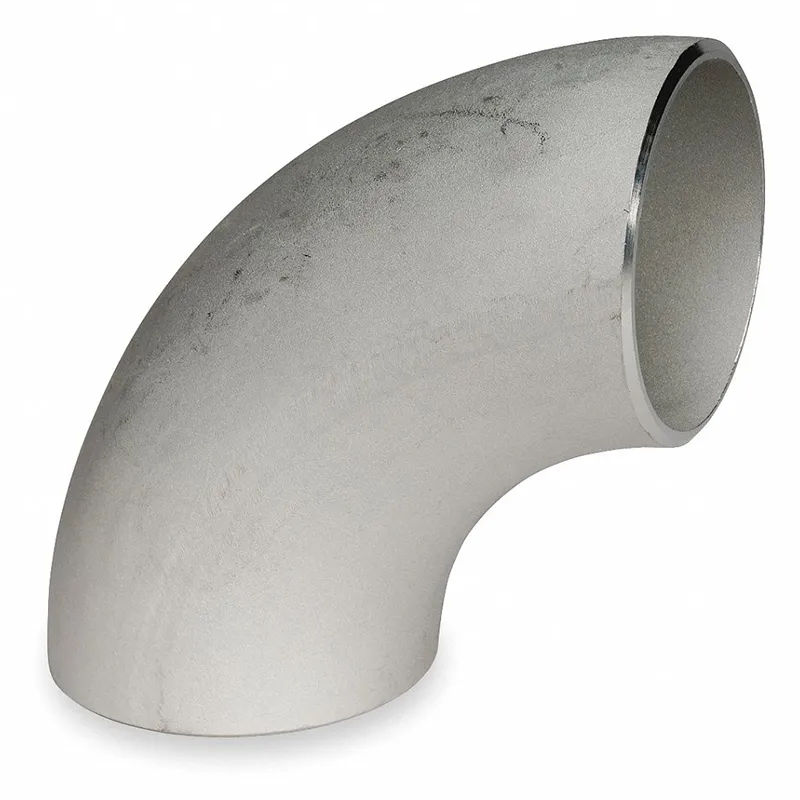-
Cangzhou Yulong Steel Co., Ltd.
-
Phone:
+86 13303177267 -
Email:
admin@ylsteelfittings.com
- English
- Arabic
- Italian
- Spanish
- Portuguese
- German
- kazakh
- Persian
- Greek
- French
- Russian
- Polish
- Thai
- Indonesian
- Vietnamese
- Zulu
- Korean
- Uzbek
- Hindi
- Serbian
- Malay
- Ukrainian
- Gujarati
- Haitian Creole
- hausa
- hawaiian
- Hebrew
- Miao
- Hungarian
- Icelandic
- igbo
- irish
- Japanese
- Javanese
- Kannada
- Khmer
- Rwandese
- Afrikaans
- Albanian
- Amharic
- Armenian
- Azerbaijani
- Basque
- Belarusian
- Bengali
- Bosnian
- Bulgarian
- Catalan
- Cebuano
- China
- China (Taiwan)
- Corsican
- Croatian
- Czech
- Danish
- Esperanto
- Estonian
- Finnish
- Frisian
- Galician
- Georgian
- Kurdish
- Kyrgyz
- Lao
- Latin
- Latvian
- Lithuanian
- Luxembourgish
- Macedonian
- Malgashi
- Malayalam
- Maltese
- Maori
- Marathi
- Mongolian
- Myanmar
- Nepali
- Norwegian
- Norwegian
- Occitan
- Pashto
- Dutch
- Punjabi
- Romanian
- Samoan
- Scottish Gaelic
- Sesotho
- Shona
- Sindhi
- Sinhala
- Slovak
- Slovenian
- Somali
- Sundanese
- Swahili
- Swedish
- Tagalog
- Tajik
- Tamil
- Tatar
- Telugu
- Turkish
- Turkmen
- Urdu
- Uighur
- Welsh
- Bantu
- Yiddish
- Yoruba

Dec . 09, 2024 17:07 Back to list
Understanding Flange Types and Their Varied Sizes for Your Engineering Needs
Understanding Flange Types and Sizes A Comprehensive Overview
Flanges are essential components in piping and engineering systems, serving as connection points to join two sections of pipe, valves, or other equipment. They provide a reliable way to assemble easily-disassembled systems and are crucial in various industries, including oil and gas, water treatment, and chemical manufacturing. This article delves into the different types and sizes of flanges, their applications, and the factors to consider when selecting the appropriate flange for a project.
Types of Flanges
Flanges come in various types, each designed for specific applications. Here are some of the most commonly used flange types
1. Weld Neck Flange This type is designed to be welded to the pipe. The long neck allows for a gradual transition to the pipe, which reduces stress concentration. Weld neck flanges are ideal for high-pressure and high-temperature applications.
2. Slip-On Flange Slip-on flanges are easy to install, as they slide over the pipe. They are welded on the inside and outside for a secure fit. However, they are not recommended for high-pressure situations.
3. Blind Flange These flanges are used to close the end of a piping system. They do not have a hole in the center and are welded in place. Blind flanges are essential for maintenance access in systems under pressure.
4. Socket Weld Flange This type fits over the pipe and is welded in place. Socket weld flanges are typically used for smaller diameter pipes and are suitable for high-pressure systems.
5. Threaded Flange This flange is screwed onto the pipe instead of being welded. It's useful in situations where welding is not possible, but it is generally limited to lower pressure applications.
6. Lap Joint Flange Used in conjunction with a stub end, lap joint flanges can be rotated to accommodate misaligned piping. They are common in applications where frequent dismantling is necessary.
7. Expandable Flange This innovative design allows the flange to expand or contract in response to changes in temperature and pressure. It's beneficial in applications where fluctuations are common.
Sizes of Flanges
flange types and sizes

Flanges come in various sizes to accommodate different pipe diameters. The sizes of flanges correspond to standard pipe sizes, typically defined in inches. The most common standard organizations that define flange sizes are ANSI (American National Standards Institute) and ASME (American Society of Mechanical Engineers). Flanges are classified based on their nominal pipe size (NPS), which ranges from as small as 1/2 inch to over 60 inches.
Additionally, flanges are rated for different pressure classes, which indicate the maximum operating pressure they can handle. Pressure classes include 150, 300, 600, 900, 1500, and 2500 pounds per square inch (psi). The selection of flange size and class depends on various factors, including the type of fluid being transported, the temperature, and the pressure conditions of the system.
Factors to Consider When Choosing Flanges
When selecting flanges for a specific application, several critical factors must be considered
1. Material Flanges are made from various materials, including stainless steel, carbon steel, and plastic. The choice of material depends on the application, temperature, and potential for corrosion.
2. Pressure Ratings Ensure the selected flange can handle the maximum pressure conditions of the system. Refer to the appropriate standards and guidelines to verify compatibility.
3. Connection Type Depending on whether welding, threading, or another method is preferred, choose the appropriate type of flange that fits the piping installation method.
4. Compatibility Ensure the selected flange matches the pipe size, type, and material to ensure a secure and leak-proof connection.
5. Installation Environment Consider external factors, such as temperature extremes, exposure to chemicals, and physical wear and tear, which could affect the performance of the flanges.
Conclusion
Flange types and sizes are critical components of piping systems that require careful consideration in engineering design and installation. By understanding the different types of flanges and their appropriate sizes, professionals can ensure that systems are safely and efficiently joined, providing long-lasting performance.
Latest news
-
ANSI 150P SS304 SO FLANGE
NewsFeb.14,2025
-
ASTM A333GR6 STEEL PIPE
NewsJan.20,2025
-
ANSI B16.5 WELDING NECK FLANGE
NewsJan.15,2026
-
ANSI B16.5 SLIP-ON FLANGE
NewsApr.19,2024
-
SABS 1123 FLANGE
NewsJan.15,2025
-
DIN86044 PLATE FLANGE
NewsApr.19,2024
-
DIN2527 BLIND FLANGE
NewsApr.12,2024
-
JIS B2311 Butt-Welding Fittings LR/SR 45°/90° /180°Seamless/Weld
NewsApr.23,2024











